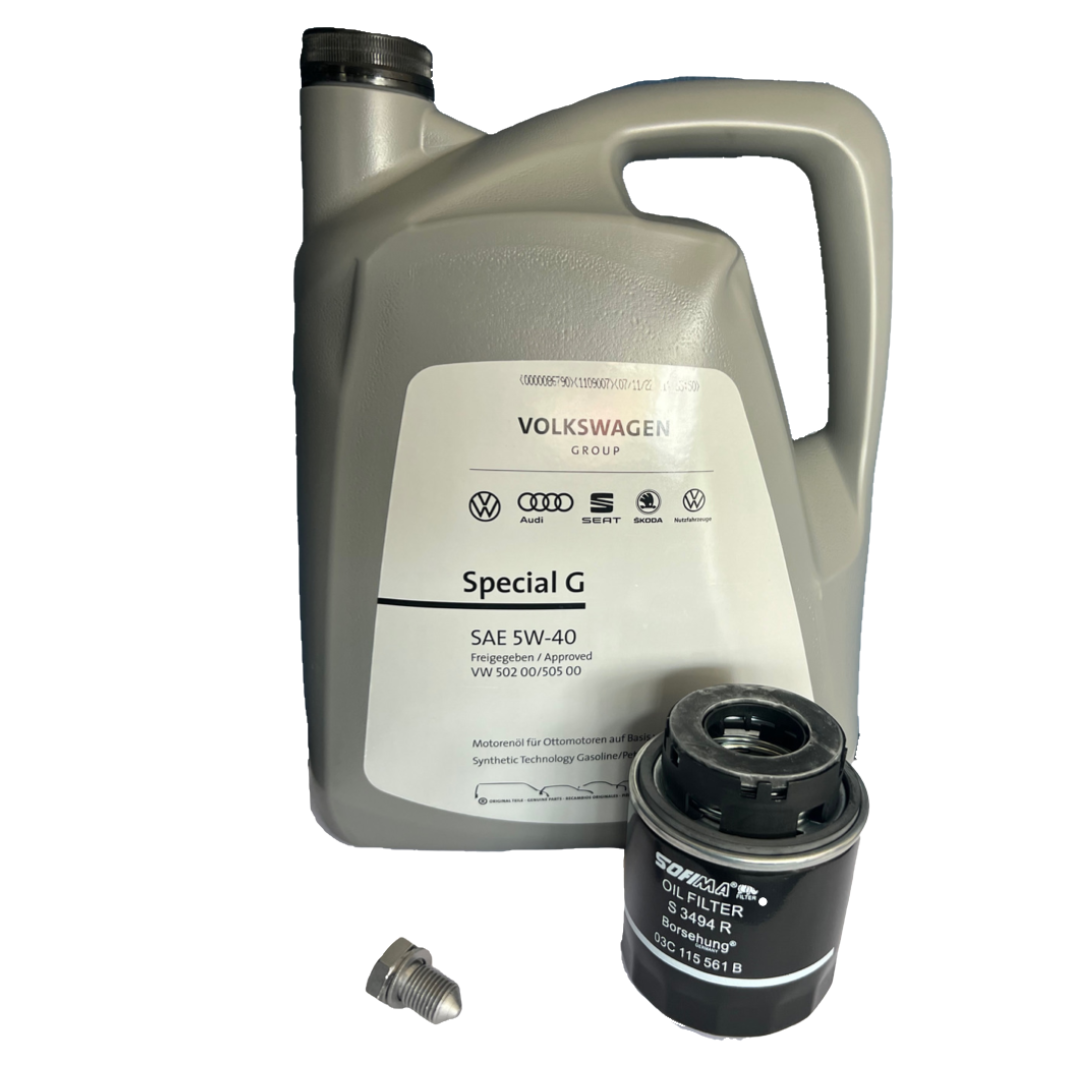Discover a high-efficiency clp engine for your equipment.
Discover a high-efficiency clp engine for your equipment.
Blog Article
Exactly How a Clp Engine Can Boost Effectiveness in Various Industries
The development of CLP engines notes a significant shift in operational effectiveness throughout numerous sectors, driven by their ability to maximize gas intake and decrease downtime. As organizations increasingly prioritize sustainability together with effectiveness, the function of CLP engines comes to be also extra vital.
Summary of CLP Engines
CLP engines, or Constant Liquid Propellant engines, stand for a considerable improvement in propulsion technology, especially for room applications. These engines utilize a constant feed system that permits for the continual expulsion of propellant, causing improved effectiveness and performance compared to traditional solid or hybrid propulsion systems. By maintaining a constant flow of fluid propellant, CLP engines can achieve more exact thrust control, which is crucial for steering spacecraft in various goal situations.
The layout of CLP engines incorporates sophisticated materials and cutting-edge fuel monitoring systems. clp engine. This leads to reduced weight and boosted reliability, crucial aspects for long-duration area missions. Moreover, the continuous procedure minimizes the danger of burning instability, a typical obstacle in conventional rocket engines.

Advantages in Production
The production of Constant Liquid Propellant (CLP) engines presents several noteworthy advantages that boost both performance and cost-effectiveness. Among the main benefits is the structured manufacturing process, which decreases the intricacy linked with traditional propulsion systems. By making use of fluid propellant, producers can achieve greater accuracy in engine performance, leading to optimized energy output and lowered waste.
In addition, CLP engines assist in a higher level of modularity, enabling for simpler integration into numerous manufacturing lines. This adaptability can dramatically reduce lead times and boost general functional versatility. Using CLP innovation likewise tends to decrease the requirement for considerable maintenance as a result of fewer relocating parts, which converts right into minimized downtime and operational expenses.

Applications in Logistics
Leveraging Constant Liquid Propellant (CLP) engines in logistics uses considerable advantages in operational effectiveness and dependability. These engines offer a robust service for various transportation needs, enabling the smooth activity of products throughout huge distances. The fundamental design of CLP engines permits regular power result, which equates into smoother and much more predictable transport routines.
One of the essential applications of CLP engines in logistics is in sturdy products transport, where they can drive both ground and airborne automobiles. Their capability to maintain high efficiency under varying lots problems guarantees that delivery timelines are fulfilled, consequently improving customer satisfaction. In addition, CLP engines can be integrated right into automated logistics systems, promoting real-time monitoring and enhancing course preparation.
Furthermore, the durability of CLP engines lowers maintenance downtime, allowing logistics business to maximize their functional capacities. This is specifically useful in warehousing operations, where effectiveness in handling and moving products is critical. As logistics proceeds to evolve, the combination of CLP engines stands for a forward-thinking technique that not just enhances efficiency but additionally supports the market's expanding demands for dependability and rate.
Influence On Power Effectiveness
Exactly How do Continuous Fluid Propellant (CLP) engines boost energy effectiveness in transport? CLP engines utilize a constant circulation of liquid gas, optimizing combustion procedures and keeping a stable thrust result. This layout reduces energy losses related to traditional combustion engines, where gas delivery can vary and cause inadequacies.
The continuous operation of CLP engines permits an additional reading extra reliable thermal cycle, resulting in higher particular impulse contrasted to conventional engines. clp engine. This translates to decreased gas usage for the very same quantity of job done, significantly lowering operational costs across numerous transport fields, including aviation and maritime industries
Moreover, the ability of CLP engines to maintain optimal performance under varying load problems minimizes the demand for constant velocity and slowdown, even more enhancing fuel efficiency. Improved power performance not article only contributes to cost savings but also leads to decrease greenhouse gas exhausts, lining up with worldwide sustainability goals.
Future Trends and Innovations
Emerging advancements in Continual Liquid Propellant (CLP) engine technology guarantee to revolutionize the landscape of transportation performance and sustainability. As markets pivot toward greener alternatives, CLP engines stand at the forefront, integrating ingenious products and layout approaches that boost performance while decreasing ecological impact.
Among the most promising fads is the fostering of hybrid systems that incorporate CLP engines with renewable resource resources. This synergy can optimize gas usage and reduce exhausts, lining up with international sustainability objectives. Furthermore, improvements in computational fluid characteristics (CFD) are helping with the design of even more aerodynamically efficient engines, bring about decreased drag and boosted fuel performance.
In addition, the advancement of clever monitoring systems is readied to improve operational effectiveness. These systems utilize data analytics and IoT modern technology to optimize engine performance in real-time, making discover here certain that the engines operate within their most effective criteria.
As research remains to check out different propellant formulations-- such as biofuels and synthetic gas-- the future of CLP engines looks encouraging. By harnessing these advancements, sectors can not only improve their effectiveness yet also contribute dramatically to a cleaner, more sustainable future in transportation.
Final Thought
To conclude, CLP engines stand for a significant development in effectiveness throughout numerous sectors. Their capability to optimize fuel usage and minimize functional prices, incorporated with a continual feed system, boosts power output and operational reliability. The combination of sophisticated materials and fewer moving parts reduces maintenance demands, while positioning with sustainability goals settings CLP engines as a critical technology for the future. Continued innovation in this area assures more renovations in performance and ecological efficiency.
Report this page